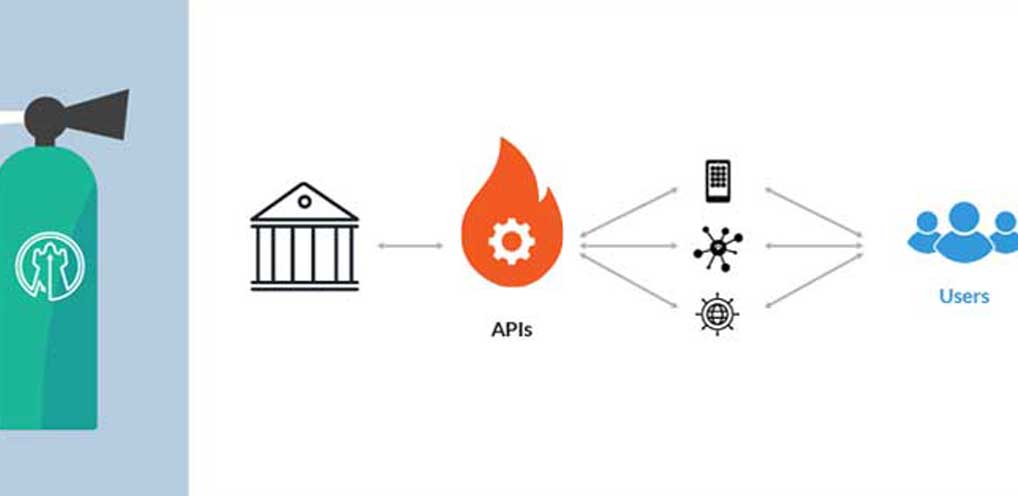
Watching the World Burn: API Testing as an Afterthought
The annual cost of software defects has risen to over $1 trillion, even while enterprises and government organizations devote large chunks of their IT budgets to QA and testing. In “Watching the World Burn: API testing as an Afterthought,” API Fortress explores why so many teams have releases with defects (bugs) that cannot be diagnosed until it’s too late.
New Rules for Quality
Our CEO, Patrick Poulin, tackles the dilemma of how defects are released despite strong QA efforts. Digital transformation, microservices, composite apps and public API initiatives such as open banking and open payments have triggered a paradigm shift in software quality and testing automation. Traditional unit testing and web/mobile testing often leave QA gaps that only API testing can close. See real world examples in our eBook: Nine Bugs That UI Testing Could Not Diagnose.
Confirmation Bias: The Persistence of Human Error in QA and Testing
Renowned theoretical physicist Richard Feynman once posited that humans ask questions that tend to derive answers based on who we are and what we want to know. Today, this tendency is known as “confirmation bias.” QA and software testing teams are not immune to this bias, which leads to gaps in testing strategies.

Is Confirmation Bias Inherent in UI and Web/Mobile Testing?
In Nine Bugs That UI Testing Could Not Diagnose, Feynman’s confirmation bias surfaces in nine stories of UI and web/mobile testing failing to find and diagnose errors, resulting in software bugs that cost time, money, and reputation.
One of the stories, for example, involves a company that runs a self-service online marketplace. The bug was the result of a problem that plagues all large companies – different teams not being on the same page. One team plans and builds an API, another team builds the web page to sell products, and a third team runs homepage navigation.
None of the siloed teams made an obvious mistake. Further, no bugs were discovered during the QA and testing process. Prone to the Feynman bias, UI and web/mobile testing simply validated what each siloed team needed to validate. However, the bug was due to a constellation of human errors that only proper API testing could discover.
API Testing Solves the Feynman Bias
Many Testing Centers of Excellence (TCoE) have long understood the need to remedy the Feynman bias (inadvertent human error due, in part, to siloed workflows) by supplementing UI and web/mobile testing with API testing. API testing digs beneath the UI layer where it can holistically extend testing coverage across the entire “constellation” of functionality built by different teams. In this way, API testing can diagnose bugs caused by many different moving parts that may be working out of alignment.
We invite you to sign up for a free trial and demo of API Fortress and put your testing to the test.
——————————————————————————————–
Author: Patrick Poulin

Patrick started his tech career on mobile, and soon was managing the retail vertical for a company building the first mobile websites for over 75 major brands such as Tesco, Target, Macys, and MAC Cosmetics.
After a (thankfully) short stint in adtech, he became the API Evangelist for Getty Images. This is where he first recognized the lack of good API tools. That experience is what led to the creation of API Fortress with his co-founder.